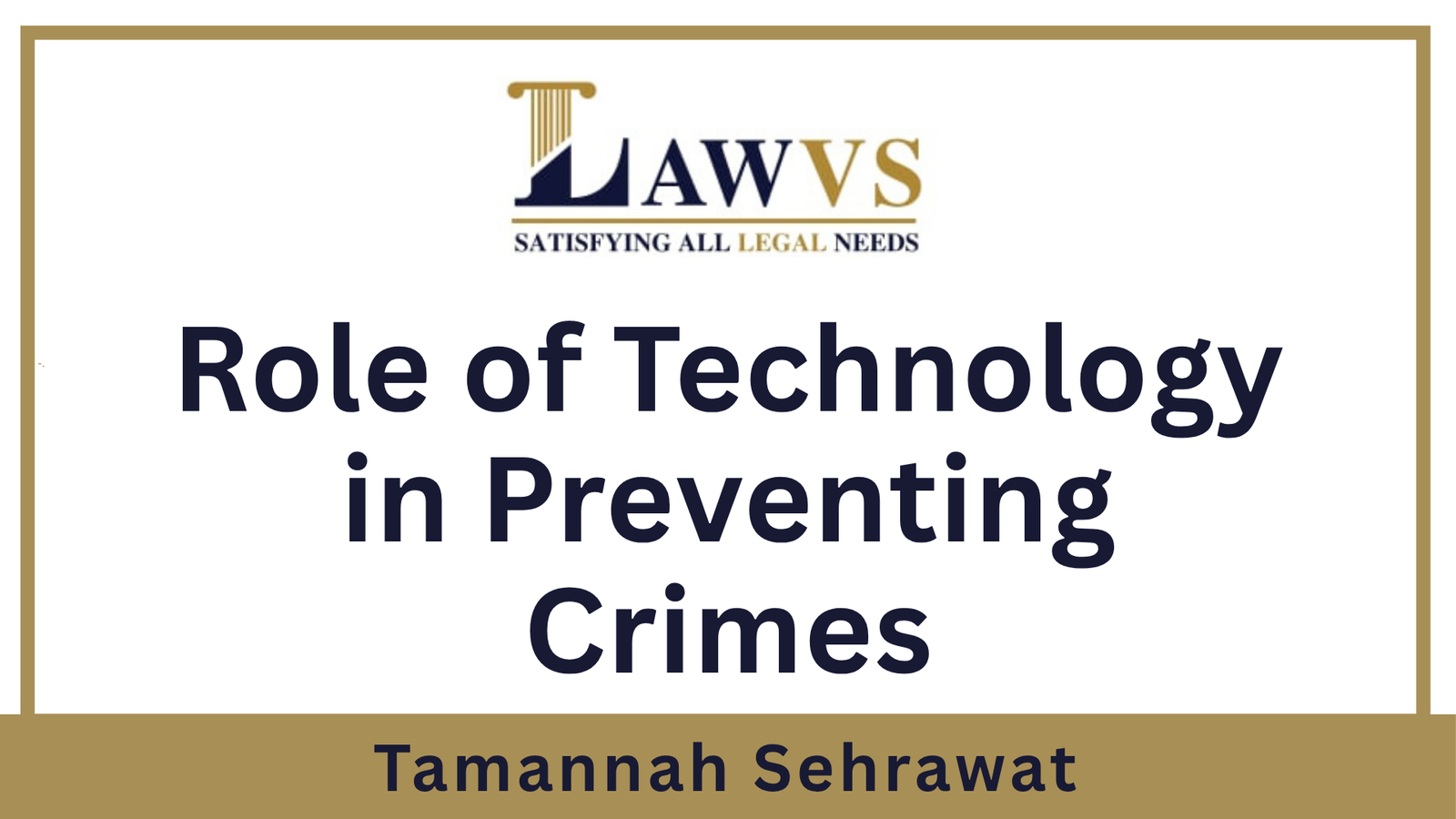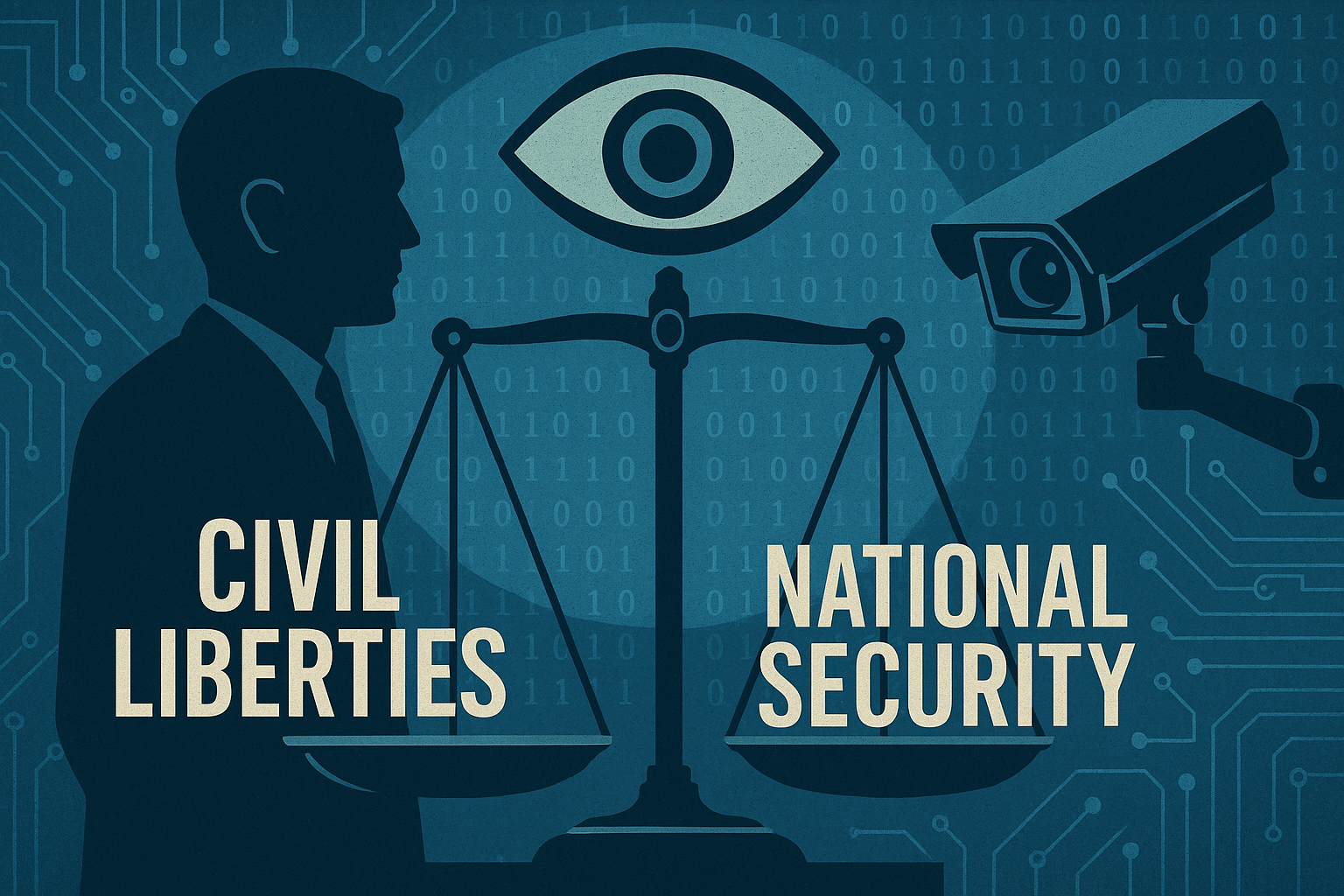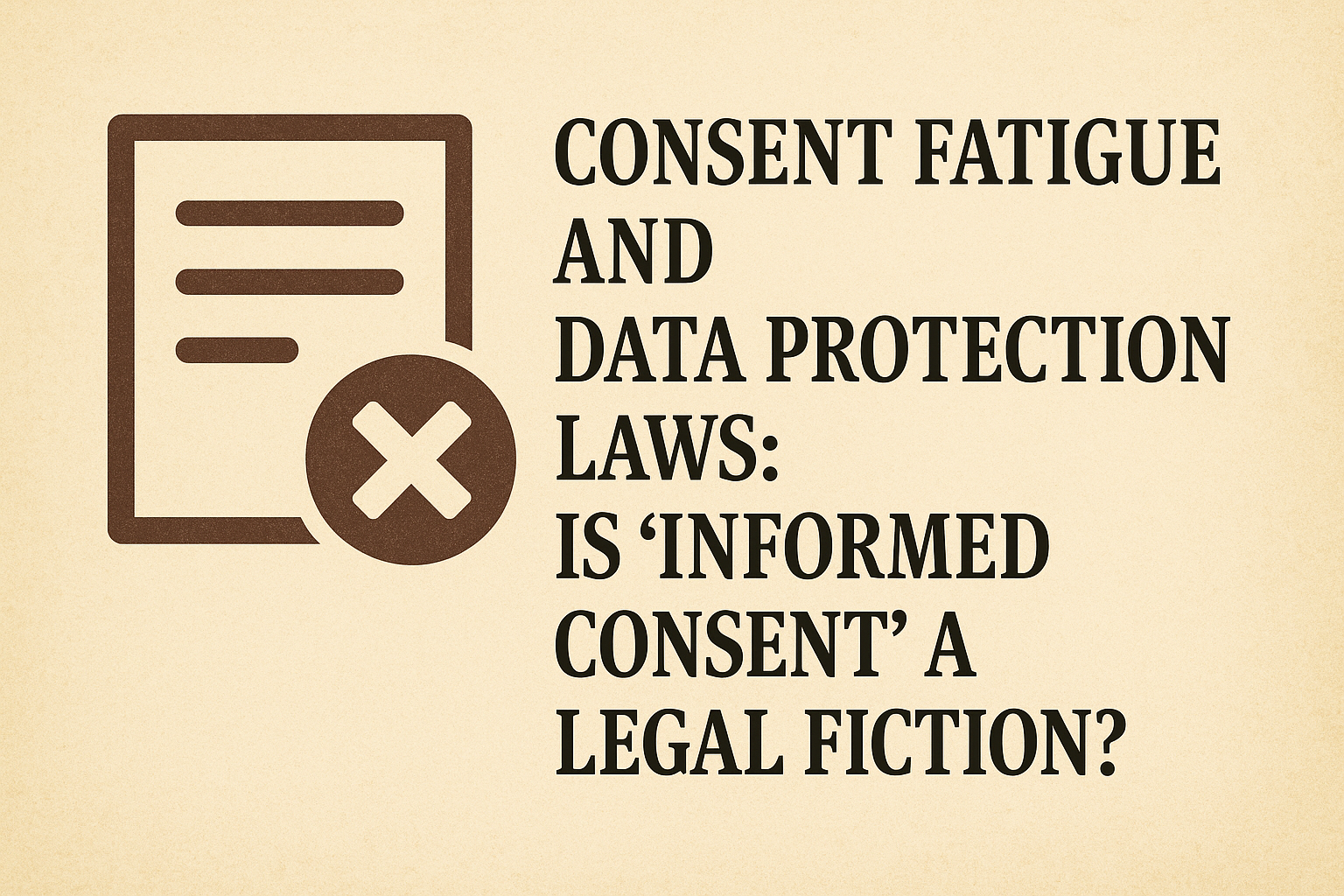Technology has become a crucial tool in crime prevention,
revolutionizing law enforcement, surveillance, and public safety. As crime
evolves with modern advancements, technology provides innovative solutions to detect,
prevent, and solve criminal activities effectively.
1. Surveillance and
Monitoring
One of the most significant contributions of technology to crime
prevention is the advancement of surveillance systems. Closed-Circuit
Television (CCTV) cameras, drones, and AI-powered facial recognition software
help law enforcement agencies monitor public spaces and identify potential
threats in real time. These tools deter criminal activities and aid in quick
response when a crime occurs.
2. Predictive
Policing
Artificial Intelligence (AI) and data analytics have transformed
policing by predicting potential crime hotspots. Predictive policing utilizes
historical crime data, patterns, and algorithms to forecast where crimes are
likely to occur. This approach enables law enforcement to allocate resources
efficiently, preventing crimes before they happen.
3. Cybersecurity
and Digital Crime Prevention
As technology advances, cybercrime has become a significant threat.
Governments and businesses use cybersecurity measures, including encryption,
firewalls, and AI-driven threat detection, to protect sensitive data and
prevent financial fraud, hacking, and identity theft. Law enforcement agencies
also track cybercriminals using digital forensics and blockchain analysis.
4. Smart
Applications for Public Safety
Mobile applications and smart technologies empower citizens to
contribute to crime prevention. Apps like emergency alert systems, crime
reporting platforms, and GPS tracking devices enhance personal safety and
enable quick reporting of suspicious activities. Smart home security systems
with IoT-enabled devices provide additional protection against burglaries.
5. Biometric
Identification
Biometric technology, including fingerprint scanning, retina
recognition, and DNA profiling, plays a vital role in identifying criminals and
verifying identities. These technologies are extensively used in border
security, forensic investigations, and access control systems, making it harder
for criminals to evade law enforcement.
6. AI and Machine
Learning in Criminal Investigations
Machine learning algorithms help in analyzing vast amounts of data to
detect fraudulent activities and identify criminal networks. AI-driven tools
assist in analyzing CCTV footage, voice recognition, and behavioral analytics
to track criminals efficiently. Law enforcement agencies leverage these
technologies for quicker and more accurate investigations.
7. The Role of
Drones and Robotics
Drones equipped with high-definition cameras and thermal imaging help in
surveillance, search-and-rescue operations, and monitoring large public
gatherings. Robotics is also being integrated into security systems, such as
robotic patrol units and AI-driven security guards, to enhance crime prevention
efforts.
8. Digital Evidence
and Blockchain Technology
The rise of blockchain technology has improved data integrity and
secured digital evidence. Blockchain's immutable nature ensures that digital
records remain tamper-proof, strengthening the credibility of evidence in
criminal investigations and legal proceedings.
Conclusion
Technology continues to play a pivotal role in crime prevention by
improving surveillance, enhancing cybersecurity, and aiding law enforcement
agencies with advanced tools. While criminals also exploit technology for
unlawful activities, constant advancements in AI, biometrics, and predictive
analytics provide a robust defense against crime. As technology evolves, its
integration with law enforcement will ensure safer societies and a more secure
future.








